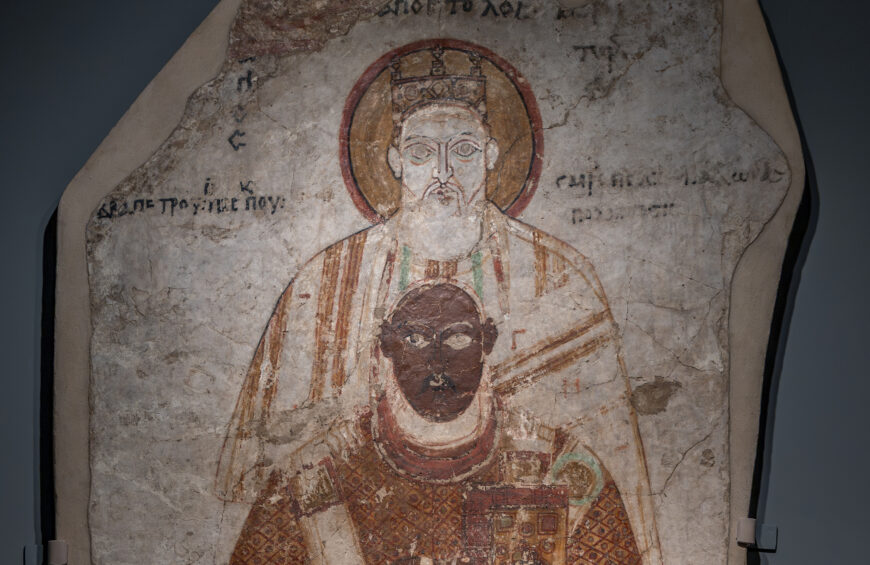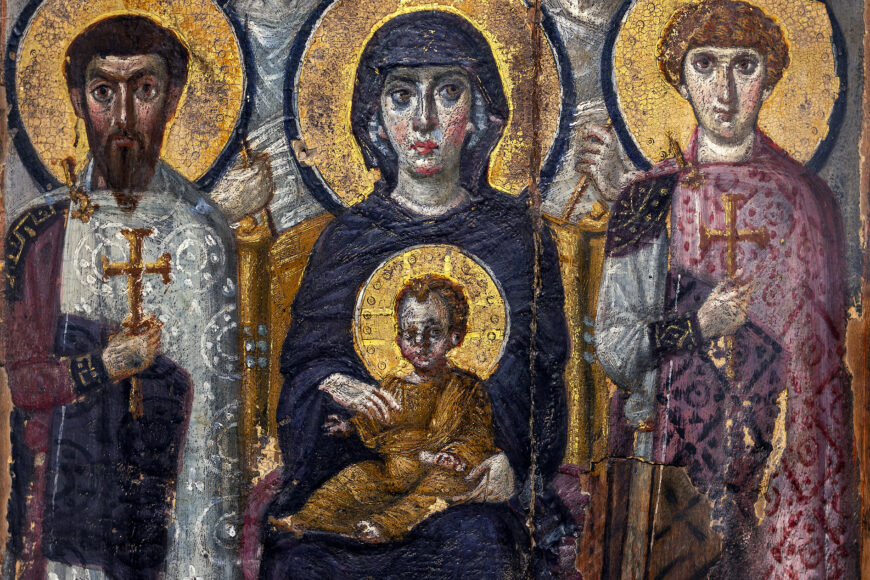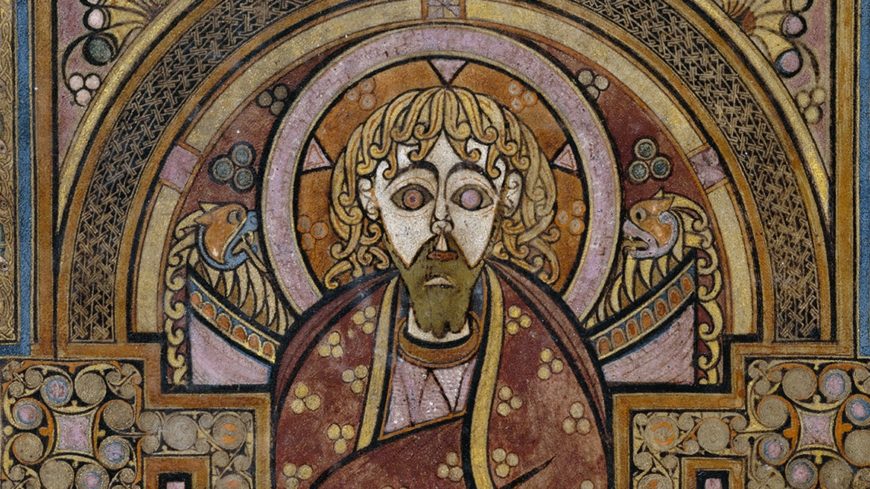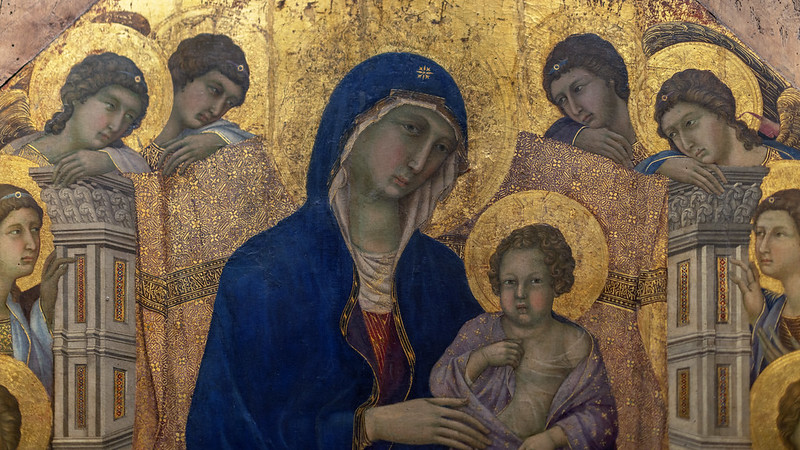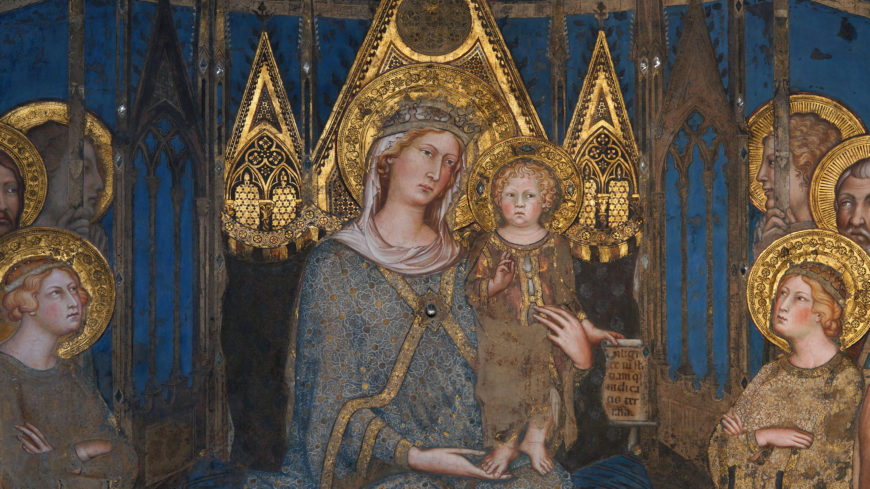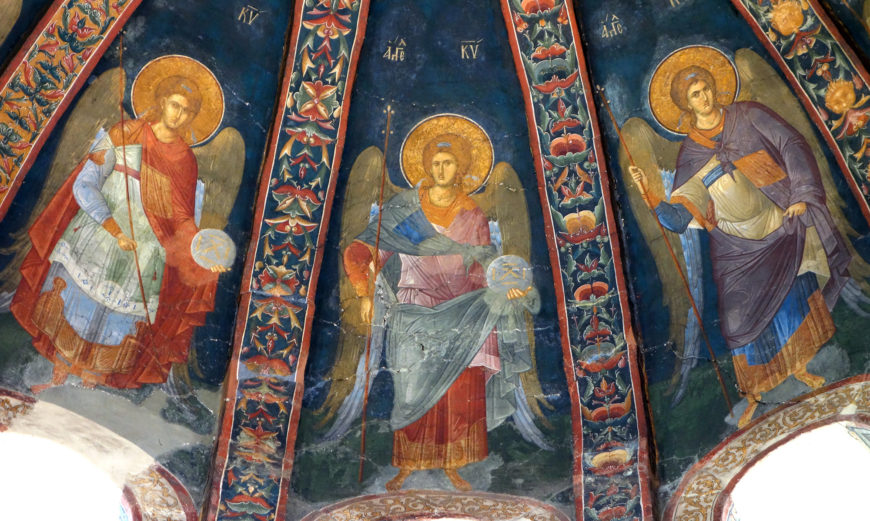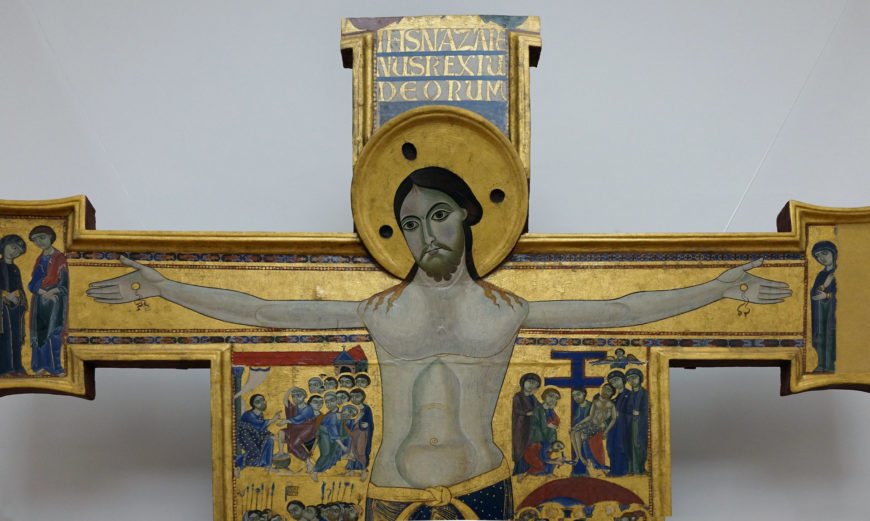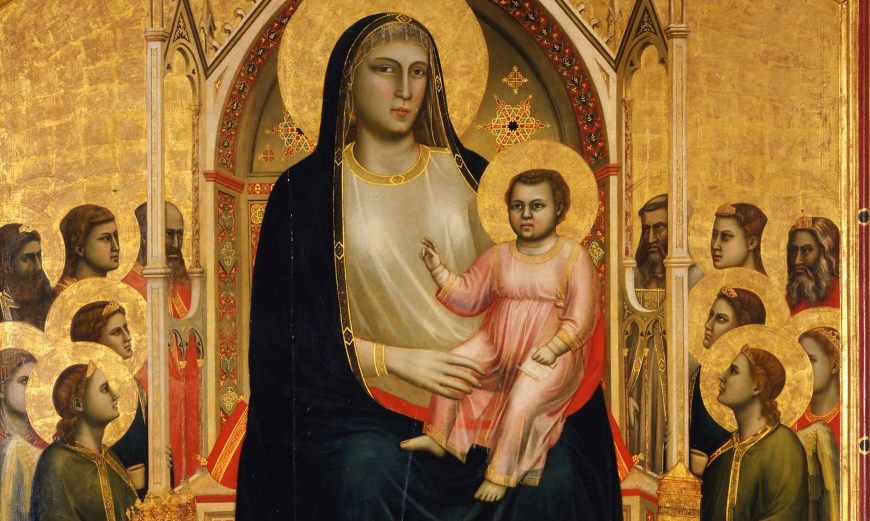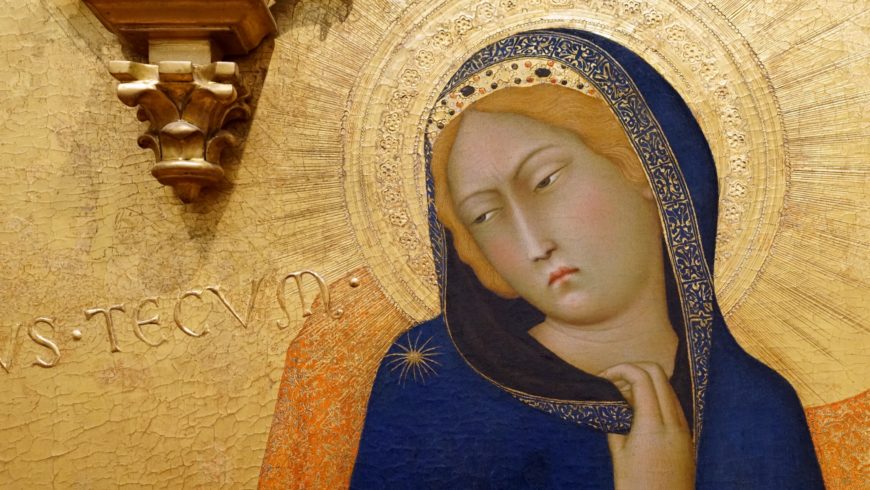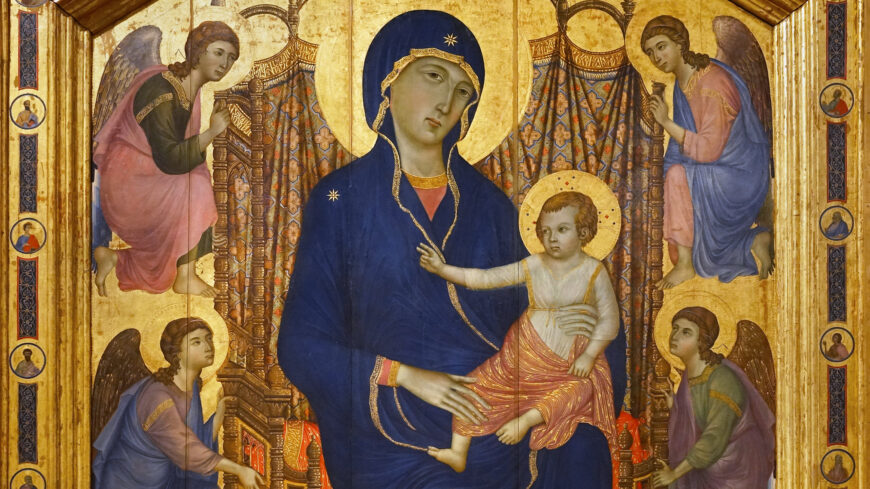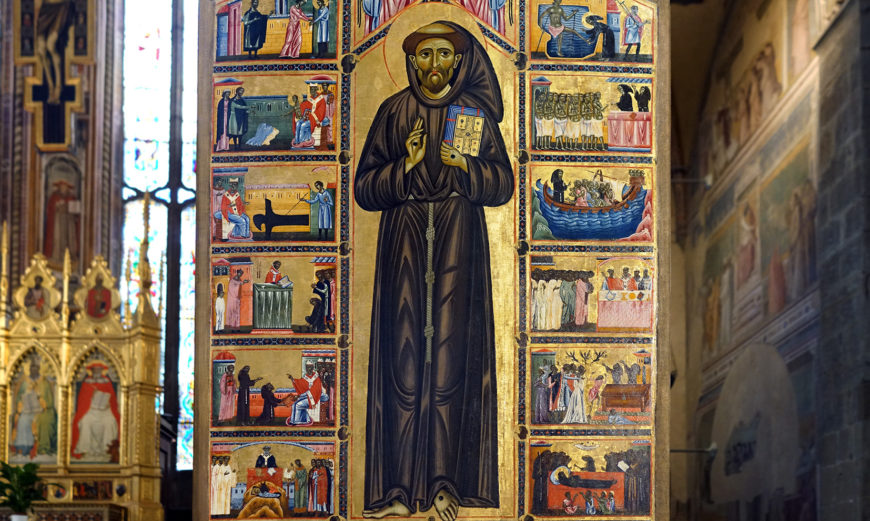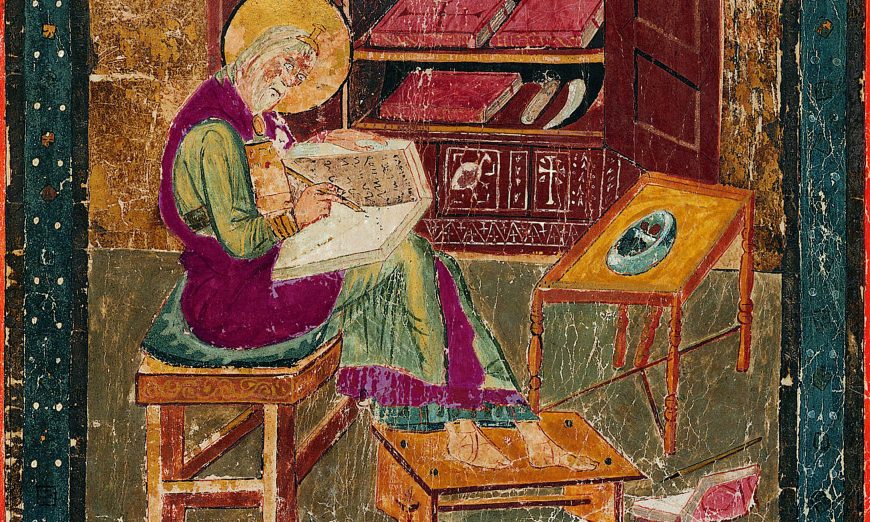Things get ugly when tyrants seize power. But when peace, fortitude, and prudence rule, Siena prospers—an urban paradise.
Ambrogio Lorenzetti, Allegory of Good Government, Effects of Good Government in the City and the Country, and Allegory and Effects of Bad Government in the City and the Country, c. 1337-40, fresco, Sala della Pace (Hall of Peace) also known as the Sala dei Nove (the Hall of the Nine), 7.7 x 14.4m (room), Palazzo Pubblico, Siena


